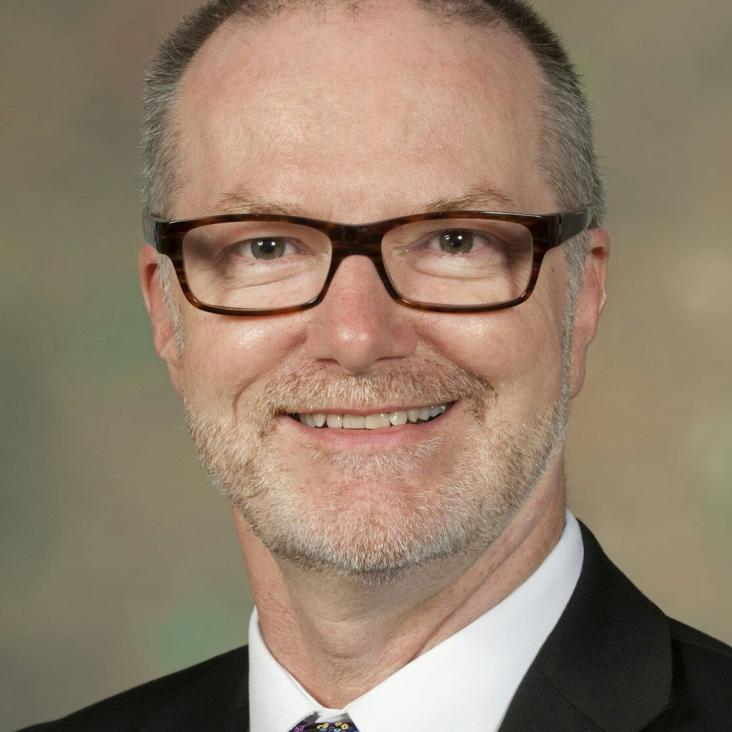Production of high fluence laser beams using ion wave plasma optics
Applied Physics Letters AIP Publishing 120 (2022) 200501
Abstract:
Optical components for laser beams with high peak and averaged powers are being developed worldwide using stimulated plasma scattering that occurs when plasmas interact with intense, coherent light. After decades of pursuit of pulse compressors, mirrors, and other plasma based components that can be created by stimulated scattering from electron density perturbations forming on ultra-short time scales (e.g., via Stimulated Raman Scattering), more recent work has produced optical components on longer time scales allowing ion motion as well [via Stimulated Brillouin Scattering (SBS)]. In the most recent work, ion wave plasma optics have had success in producing pulses of focusable coherent light with high energy and fluence by operating on ns time scales and now promise to enable numerous applications. Experiments have further shown that in some parameter regimes, even simple plasma response models can describe the output of such optics with sufficient accuracy that they can be used as engineering tools to design plasma optics for future applications, as is already being done to control power deposition in fusion targets. In addition, the development of more sophisticated models promises to enable still higher performance from SBS driven plasma optical components under a wider range of conditions. The present status and most promising directions for future development of ion wave plasma optic techniques are discussed here.Suprathermal electrons from the anti-Stokes Langmuir decay instability cascade
Physical Review E American Physical Society 105:4 (2022) 045208
Abstract:
The study of parametric instabilities has played a crucial role in understanding energy transfer to plasma and, with that, the development of key applications such as inertial confinement fusion. When the densities are between 0.11n_{c}≲n_{e}≲0.14n_{c} and the electron temperature is in inertial confinement fusion-relevant temperatures, anomalous hot electrons with kinetic energies above 100keV are generated. Here a new electron acceleration mechanism-the anti-Stokes Langmuir decay instability cascade of forward stimulated Raman scattering-is investigated. This mechanism potentially explains anomalous energetic electron generation in indirectly driven inertial confinement fusion experiments, it also provides a new way of accelerating electrons to higher energy for applications such as novel x-ray sources.Efficient generation of new orbital angular momentum beams by backward and forward stimulated Raman scattering
(2022)
Efficient Location-Based Tracking for IoT Devices Using Compressive Sensing and Machine Learning Techniques
Chapter in High-Dimensional Optimization and Probability, Springer Nature 191 (2022) 373-393
Methods for Extremely Sparse-Angle Proton Tomography
Physical Review E: Statistical, Nonlinear, and Soft Matter Physics American Physical Society (2021)


